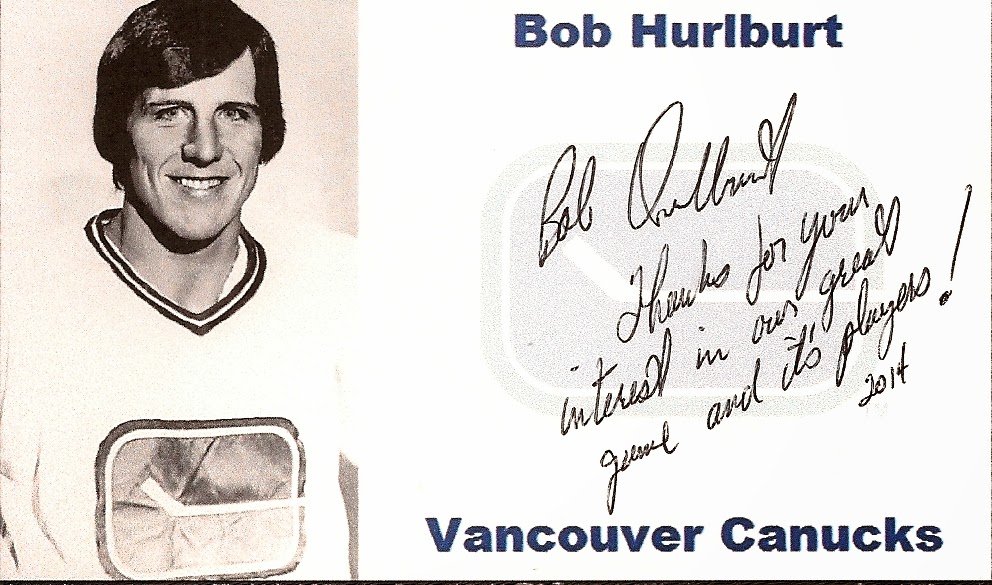

It is important to remember that if the patient has taken strong pain killers, or if the examiner is doing the test at a wrong location on the abdomen, the test may become negative, even when the patient is having acute cholecystitis ( 5). If there is no pain or sudden tenderness on examination of the patient, at the site, then it is a negative Murphy’s sign. Picture 5: Change in gallbladder wall in acute cholecystitis. The test becomes positive in acute cholecystitis (inflammation of the gallbladder). When the manoeuvre is done in a patient with abdominal pain in the right upper quadrant, and the test elicits tenderness or sudden pain at the site, then the test is called positive or Murphy’s sign positive ( 4). Picture 4: Image showing examination of abdomen of a patient to check for Murphy’s sign. If the gallbladder is inflamed as in case of acute cholecystitis, the patient will suddenly catch his/her breathe (due to sudden pain), when the finger of the examiner touches the gallbladder. When diaphragm is pulled downwards, the liver and gallbladder is pushed downwards too. We have seen above that diaphragm lies above the liver. When the patient inhales, the lungs get filled by air and the diaphragm is pulled downward towards the abdomen. The patient is asked to exhale (breathe out) and then inhale (breathe in) deeply after the placement of the hand. This is the position of gallbladder inside the abdomen ( 2, 5). The palm is in fact placed just below the right costal margin near to the right mid-clavicular line. The examiner stands on the right side of the patient and keeps his/her right palm on the patient’s abdomen. The test is usually down with the patient in a lying position. Remember that abdomen is the area below diaphragm. Picture 3: Note the diaphragm, liver, costal margin and gallbladder, in the picture. It is the junction between the lower margin of the right side of the rib cage (right side of the costal margin) and outer border of rectus abdominis muscle ( 3).This is also the tip of right 9th coastal cartilage ( 3).



Differential diagnosis of pain in right upper quadrant.


 0 kommentar(er)
0 kommentar(er)
